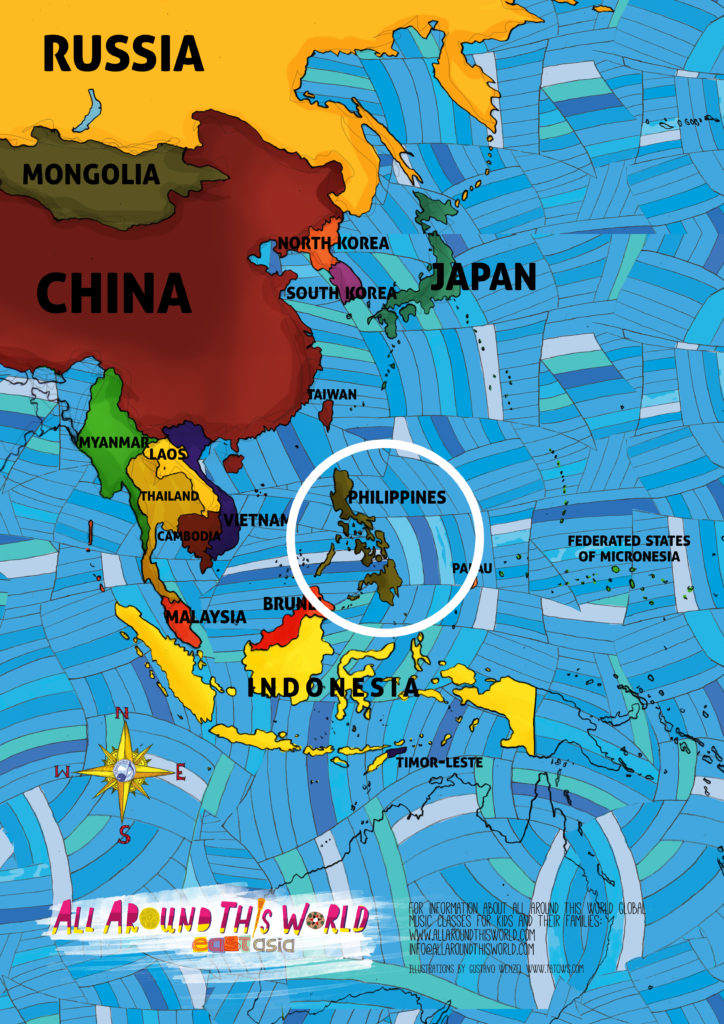This week we learned about “Jocelynang Baliwag,” a famous “kundiman” (Spanish-era love song) popular in the late 19th century, during the Philippines’ independence movement. Just like the original, our version, “Sweetest Darling,” is a love song. Just like the original, the object of the song sounds like it’s a person, but in fact we’re all singing about how much we love the Philippines: “Sweetest darling who I love, purest flower of delight, You have been the only one to give me hope in the dark of night, In the morning I adore you, all day long my heart beats for you, Oh my darling who I love won’t you love me too?”


